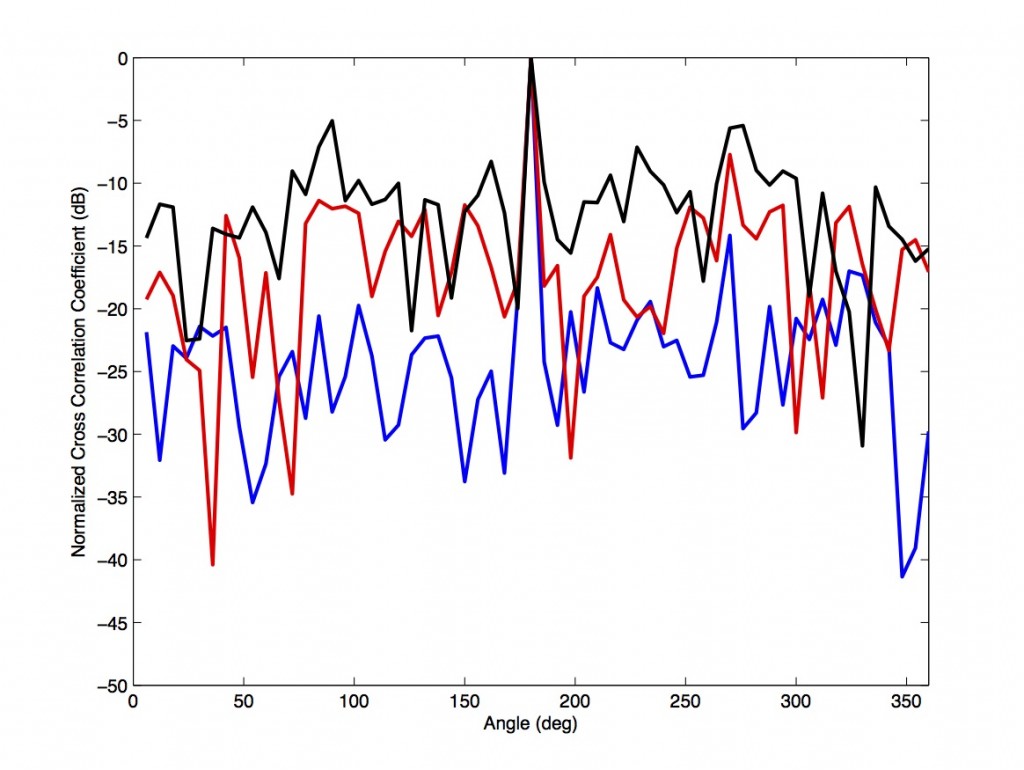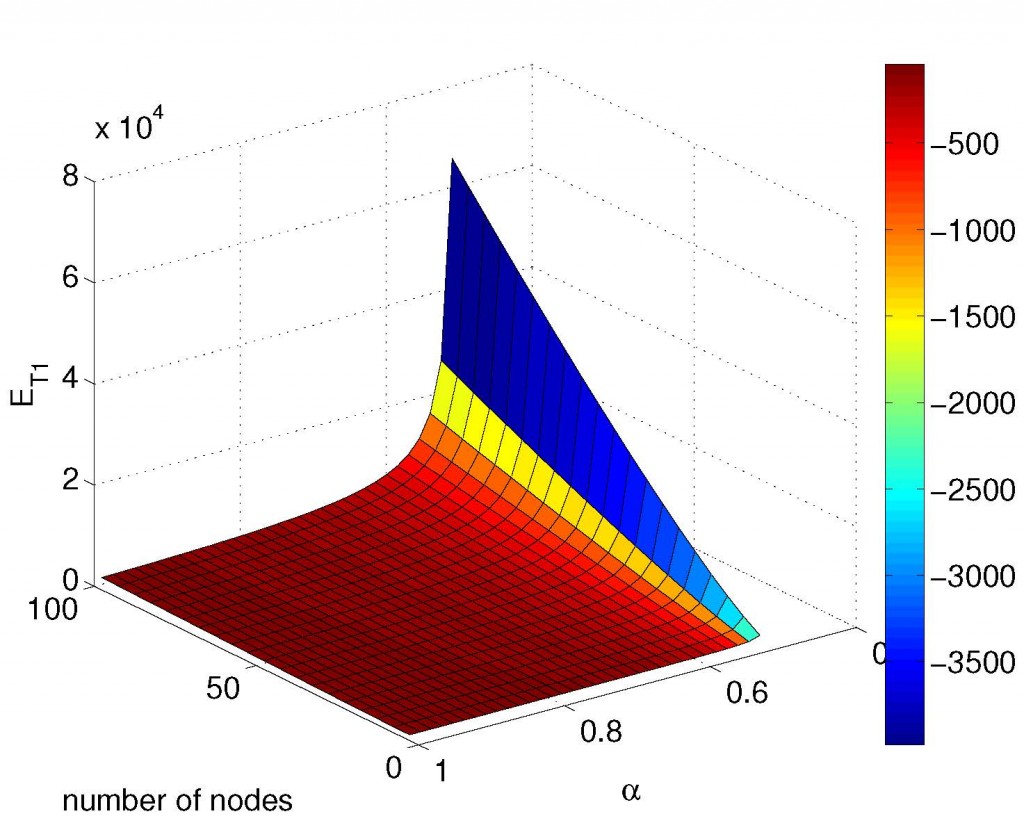Research

The project proposes a development of an intelligent system for damage detection and real-time monitoring. In this project three main aspects are considered. The first one is the development of an improved method for damage localization, identification, and detection in SHM. The second one is the optimal design of WSNs for SHM monitoring. Finally, the third one is the improvement of the reliability of the monitoring and increase the structure live duration. The project will provide deeper insight into the utilization of WSNs for SHM including the sensing techniques, optimization of WSNs design particularly for SHM monitoring, reliability and fault management of WSNs, and damage detection techniques. The proposed system will not only aim to detect damage after it happens but it will also aim to predict damage before it takes place. The continuous monitoring and the damage detection and prediction are very useful tools for preventing unnecessary costly and emergent maintenances. The methodology that the research team proposes starts by a modularization and optimization of the architecture and framework of WSNs for structure health monitoring. The structure is our input for this optimization. Based on some civil engineering and structure behavior models, damage detection and prediction techniques will be developed.
Computer simulation of WSNs for structural health monitoring and for the prediction of the structure’s behavior will be conducted in this project. The research team shall verify the computer simulation outputs with experimental work. This will be carried out by performing several tests and measurements using test beds. The proposed technique will be applied to real life test. The deployment of wireless sensor network for realistic elementary scenarios is needed to improve the simulations and the analytical results related to monitoring and damage detection in structural health monitoring using structure model and the test bed. Finally the deployment of wireless sensor networks in a real structure (bridge) will be realized to evaluate the preliminary results of the project’s prototype.
The data obtained from the project will result in a reduction in the lifecycle costs and risks related to bridge structures in the State of Qatar. The output data can also be used as a reference for numerical simulations to predict if a particular damage condition that could be avoided. The proposed technique can also be applied to the new stadiums that State of Qatar will be utilizing during the 2022 World Cup. The WSN can be used in the evaluation of the actual health state of the stadiums and the deployment of a permanent monitoring system to record the vibration levels reached in all substructures during each event. This offers the opportunity to detect potentially dangerous situations before they become critical.

The rapid growth in wireless communication systems has provided a flexibility of communication and content that has had a transformative impact to all aspects of society, from personal to businesses to the military. However, the broadcast nature of the wireless medium makes these systems an easy target from passive attacks (in which the adversary attempts to eavesdrop on the transmitted messages) to active attacks (in which the adversary can intelligently manipulate legitimate transmissions), putting into jeopardy a myriad of critical wireless services. Hence, it is imperative to design wireless networks with foolproof safeguards in place to ensure their continued growth and well being. To that end, the goal of the proposed research is to develop the analytical underpinnings of wireless secrecy that are rooted in a rigorous information theoretic foundation, in order to develop provably secure, highly efficient, and practically implementable network control algorithms and protocols.
It should be noted at the outset, that this proposal is not aimed at comprehensively solving all problems dealing with security in wireless systems. Rather, its focus is on secure communication. In particular, we plan to characterize the fundamental limits of secure networking, which guarantee perfect secrecy between users; develop control mechanisms and protocols towards the goal of maximizing the rate of secure communication in both single-hop and multi-hop wireless systems; and construct low- complexity security prototypes for enhancing the security of existing Wireless LAN and sensor network systems. To that end, we will conduct research in the domain of information theoretic secrecy, which provably guarantees secrecy, regardless of the computational capabilities of the adversary. However, unlike traditional research on information theoretic secrecy, which primarily focuses on the physical layer, we will develop methodologies that will unify information theoretic secrecy with the fundamental building blocks used for wireless network control (e.g., power control, congestion control, scheduling, and routing).

This project will investigate the interleaving of principles of social intelligence, i.e. multi-agent systems, together with principles of social networks, to establish the mathematical, logical and computational foundations of a generic, scalable, adaptive security framework for ad hoc networks.
Following the terminology of Algorithm Game Theory and Mechanism Design, a social network refers to a collection of entities, not necessarily people, that can assume certain roles within the system, and that have some meaningful norm-governed interactions between them. In particular, we will focus on Ad hoc networks which can be formed from changeable collections of individual sensors (forming wireless sensor networks), mobile routers (forming wireless data communication networks) or electronic business processes (forming virtual organizations). All three types of network exhibit common features, including openness (the absence of global objects and common objectives); dynamism (the network topology and nodes can vary rapidly and unpredictably); conflicts (the network consists of heterogeneous nodes which may be competing rather than co-operating); and sub-ideal operation (the nodes themselves may fail to comply ac- cording to the system specification, by accident, necessity, or design). There are also fundamental differences, in terms of fragmentation (a virtual organization may have a flatter hierarchy and fewer clusters than a sensor network); resources (sensor and ad hoc networks are typically resource constrained); time (sensor and ad hoc networks require decision-making on different time-scales to virtual organizations); and configuration (virtual organizations can establish a perimeter, whereas ad hoc and sensor networks are inclusive).
All networks require defense against attack: types of attack in these networks include intrusion, denial of service, and non-reciprocity. A security framework is therefore required which is generic, and so applicable to all types of ad hoc network and possible attack; scalable, to address differences in clustering, resourcing, time-scale and configuration; and adaptive, to address common features of openness, dynamism, conflicts, and sub-ideality.
This project will develop a security framework for ad hoc networks that operate at the network level or the service level. We propose to study the innovative intersection of norm-governed systems and voting algorithms, with the mathematical analysis of social networks, in order to define the framework; investigate the framework analytically to establish its formal properties; and build testbeds to experiment with and demonstrate its run-time behavior.

